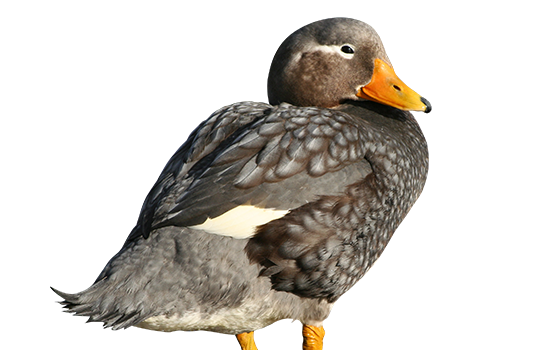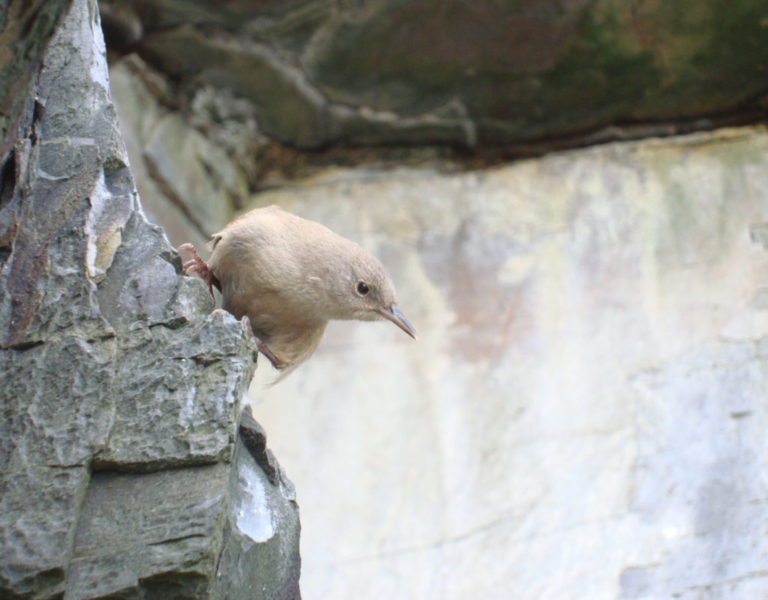
Cobb’s wren
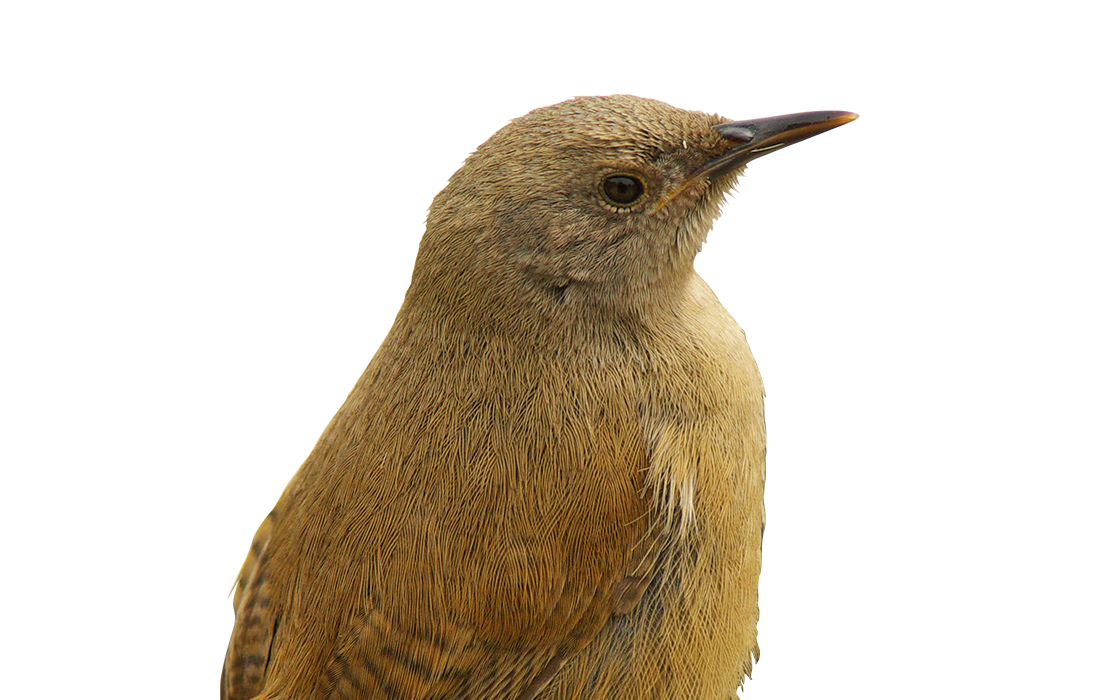
Cobb’s wren is found only in the Falkland Islands. On 28 July 1908 on Carcass Island Arthur Cobb shot a wren using rice as the charge. The specimen was skinned and sent to the Natural History Museum in London, where it was studied and described as a new species, Cobb’s Wren. Though considered later by some ornithologists to be a form of the continental House Wren, it was confirmed (1993) as one of the three endemic Falkland bird species, with the Falkland Flightless Steamer Duck and Tussac bird.

Description
This is a small bird up to 13 cm long. It has a dark chestnut back, with a grey-brown head and is buff-white below. The wings and tail are closely barred dark brown and chestnut. The bill is blackish and slightly curved. Adults fade to dull brown above during the summer when newly fledged juveniles have a dark head and bright chestnut back.
Behaviour
Cobb’s wren is very tame. It will feed close to people on a beach, and slip between or under boulders like a mouse. In tussac grass it also vanishes silently when disturbed in preference to flying away.
The call notes are a harsh, buzzing chiz or cheez, which become loud and explosive when the bird is excited. Song is a mixed phrase of rapid trills, whistles and harsh notes lasting about two seconds. It sings mostly from late August to November and less frequently through to April. Males can live at least six years and probably remain faithful to their breeding territories throughout the year.
The ideal habitat for this bird appears to be dense tussac grass growing from high water mark behind a boulder beach with accumulated dead kelp (seaweed) in which invertebrates thrive.
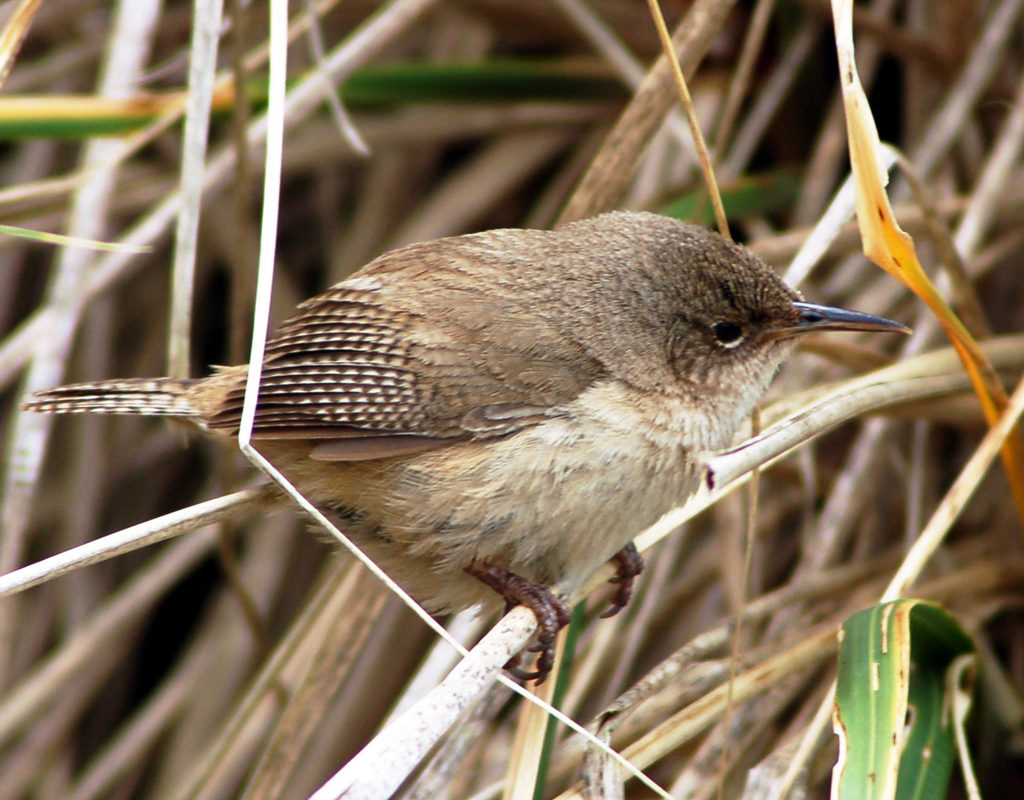
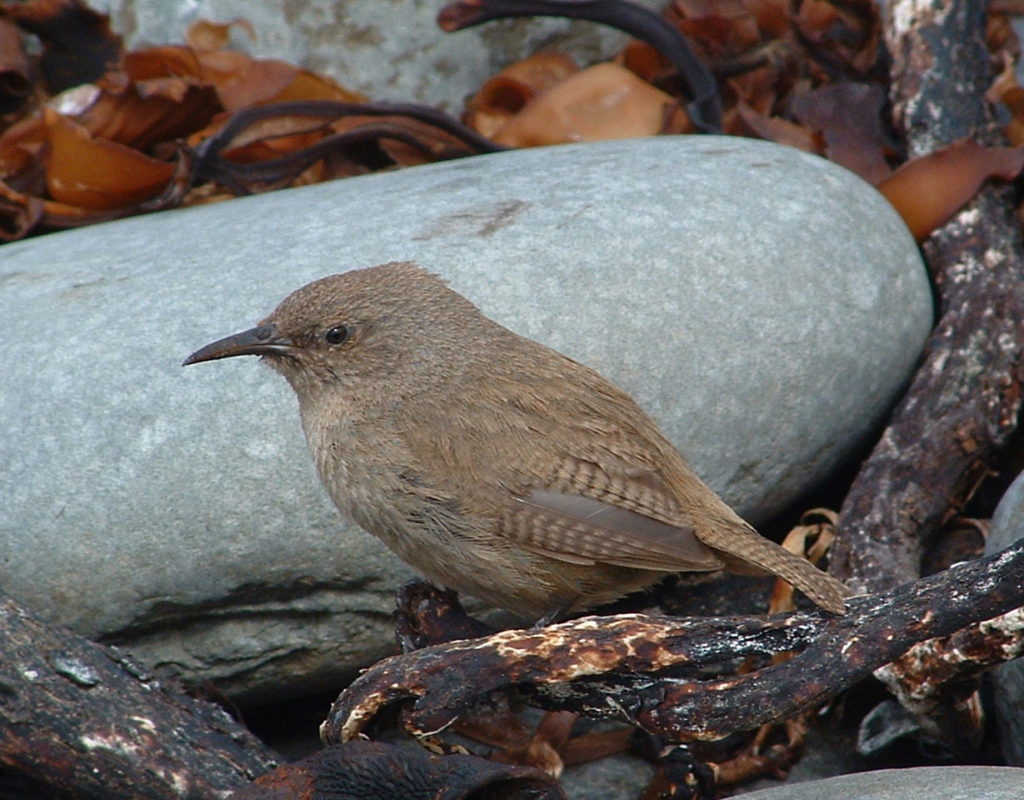
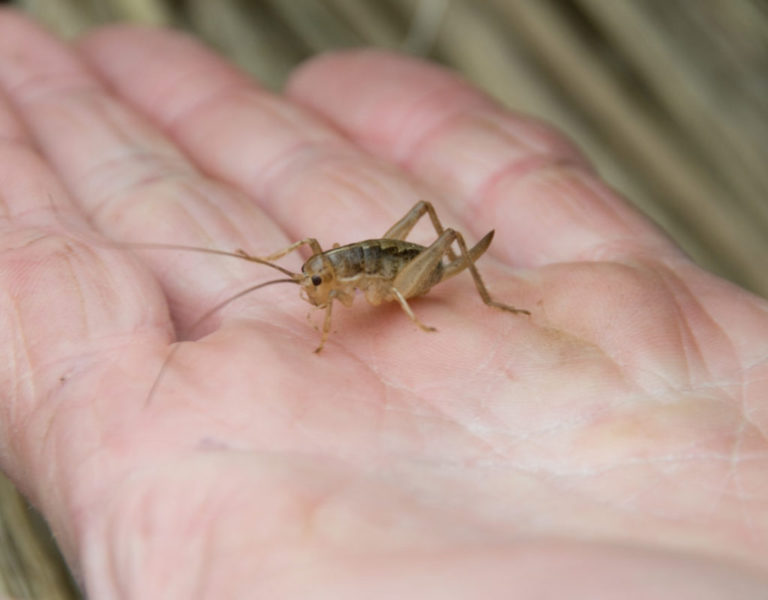
Food
Cobb’s wrens feed on small invertebrates, including insects and sea lice on beaches. They also take camel crickets and will feed their nestlings on moth larvae.

Breeding
The birds breed between October and December, laying 3-4 pinkish eggs spotted with red and are probably double brooded. The nest is a domed ball of grasses with a deep cup lined with soft feathers, built in a cavity in a tussac pedestal or below rocks.
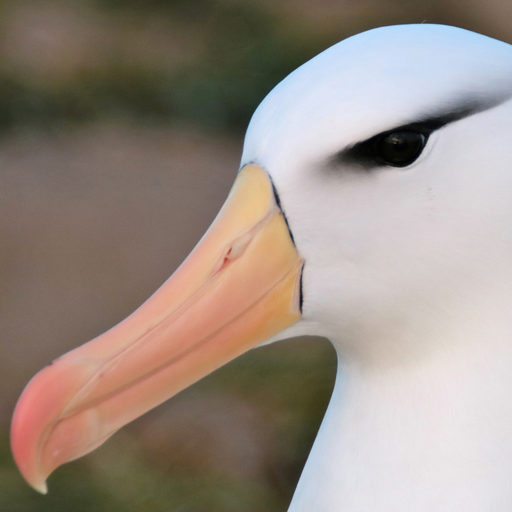
Albatrosses, Shearwaters and Petrels

falklands steamer duck
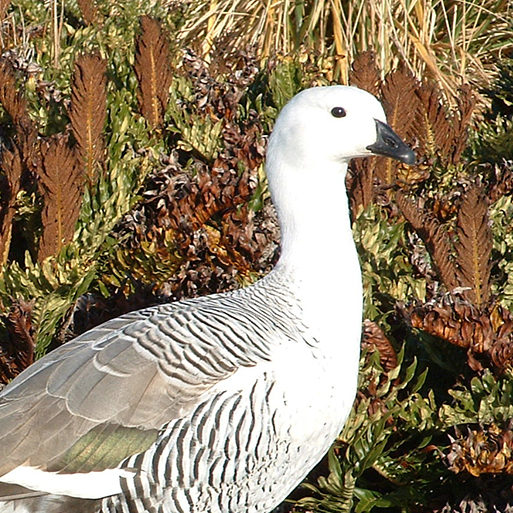
geese
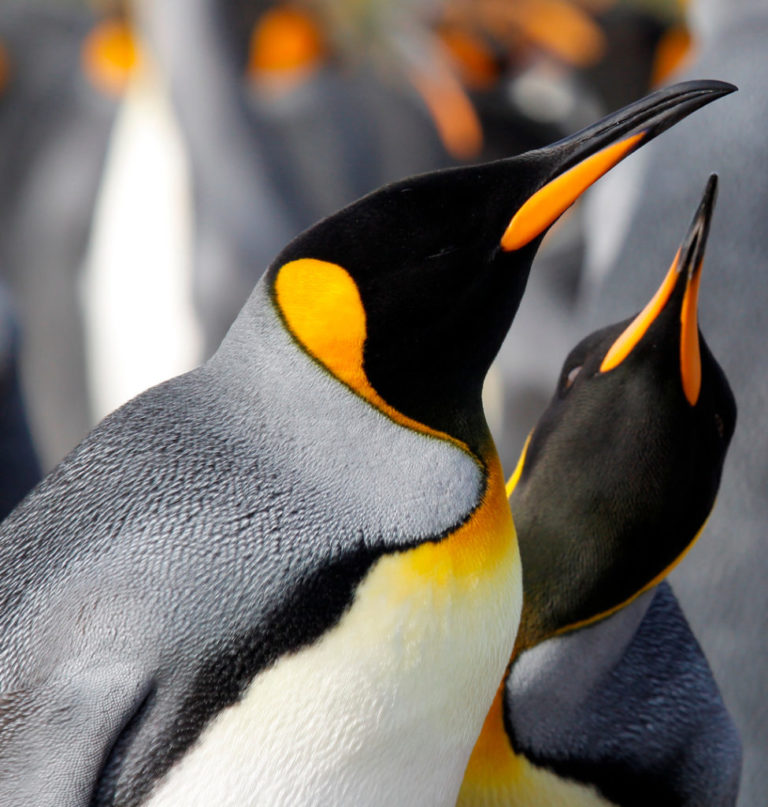
penguins
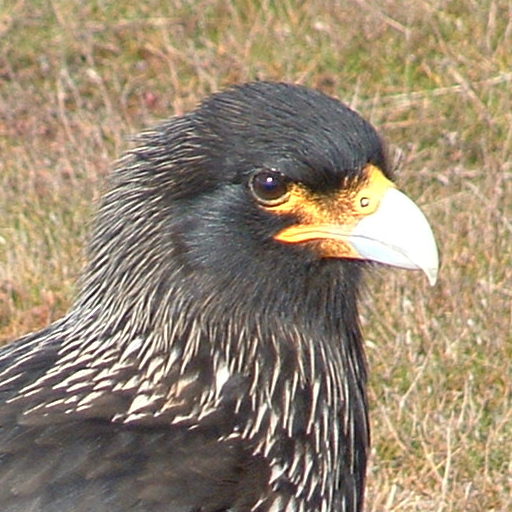
caracara

Invertebrates
